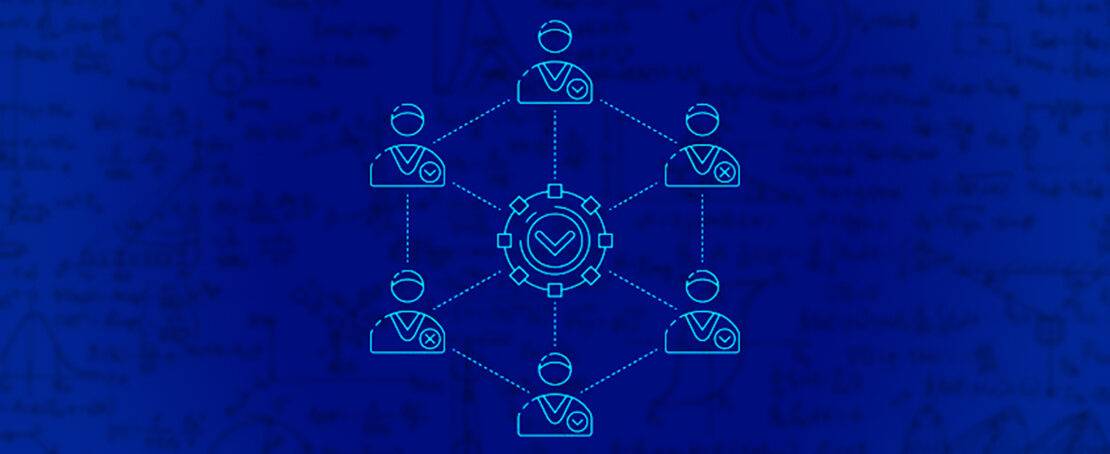Consensus algorithms are fundamental components of blockchain technology, ensuring that all participants in the network agree on the state of the blockchain. They are designed to achieve reliability and security in decentralized systems where there is no central authority.
Here are more detailed explanations and examples of some common consensus algorithms:
Proof of Work (PoW)
- Description: PoW requires participants (miners) to solve complex mathematical puzzles to validate transactions and add them to the blockchain. The first one to solve the puzzle gets to add the next block and is rewarded with cryptocurrency.
- Examples: Bitcoin, Ethereum (until it switched to PoS), Litecoin.
- Advantages:
- Proven security: PoW has been successfully securing networks like Bitcoin for years.
- Decentralization: High number of participants make the network more decentralized.
- Disadvantages:
- High energy consumption: The computational power required leads to significant energy use.
- Slower transaction times: As puzzles become more complex, transaction times can increase.
Proof of Stake (PoS)
- Description: PoS requires validators to hold and lock up a certain amount of cryptocurrency (stake) to participate in the validation process. The probability of being chosen to validate a transaction and create a new block is proportional to the amount of stake.
- Examples: Ethereum 2.0, Cardano, Polkadot.
- Advantages:
- Energy efficiency: Requires significantly less computational power compared to PoW.
- Faster transaction times: Generally quicker as it avoids the complex puzzle-solving of PoW.
- Disadvantages:
- Potential for centralization: Those with more stake might have more influence.
- Security concerns: Still being tested at large scales compared to the long history of PoW.
Delegated Proof of Stake (DPoS)
- Description: In DPoS, stakeholders elect a small number of delegates to validate transactions and create new blocks. These delegates are responsible for maintaining the blockchain.
- Examples: EOS, TRON, BitShares.
- Advantages:
- High efficiency and scalability: Faster transactions and higher throughput.
- Reduced centralization risk compared to traditional PoS: Stakeholders can vote out poor-performing delegates.
- Disadvantages:
- Smaller number of validators can still lead to centralization.
- Voter apathy: If stakeholders don’t actively vote, the system may become less democratic.
Practical Byzantine Fault Tolerance (PBFT)
- Description: PBFT is designed to work efficiently in systems with many validators. It assumes that up to one-third of the validators can act maliciously. Validators communicate with each other to reach consensus.
- Examples: Hyperledger Fabric, Zilliqa.
- Advantages:
- High fault tolerance: Can handle a significant number of malicious validators.
- Low energy consumption: Does not require heavy computational work like PoW.
- Disadvantages:
- Communication overhead: Requires a high level of communication among validators, which can be inefficient at large scales.
- Limited scalability: Better suited for smaller networks due to communication requirements.
Proof of Authority (PoA)
- Description: PoA relies on a set of validators whose identities are known and trusted by the network. Validators take turns adding blocks to the blockchain.
- Examples: VeChain, POA Network.
- Advantages:
- High efficiency and speed: Consensus is reached quickly with a known set of validators.
- Low energy consumption: Similar to PoS, it doesn’t require intensive computational work.
- Disadvantages:
- Centralization: Relies on a small number of trusted validators, reducing decentralization.
- Trust issues: Requires trust in the validators, which can be problematic if they act maliciously.
Each of these consensus algorithms has its own strengths and weaknesses, and the choice of which to use depends on the specific needs and goals of the blockchain network.
Blockchain consensus algorithms are essential for maintaining the integrity and security of decentralized networks. They enable participants to agree on the validity of transactions without relying on a central authority.
Proof of Work (PoW) is a well-known algorithm that requires miners to solve complex puzzles, ensuring security but consuming significant energy. In contrast, Proof of Stake (PoS) is more energy-efficient and faster, as it selects validators based on the amount of cryptocurrency they hold and are willing to “stake” as collateral.
Each algorithm has unique advantages, and the choice depends on the network’s specific needs for security, efficiency, and decentralization. Understanding these algorithms is crucial for anyone interested in blockchain technology and its applications.
 Crypto Journal: Analyses, News, and Developments – Coin Chronicle Platform Coin Chronicle is your go-to source in the dynamic world of cryptocurrencies.
Crypto Journal: Analyses, News, and Developments – Coin Chronicle Platform Coin Chronicle is your go-to source in the dynamic world of cryptocurrencies.




